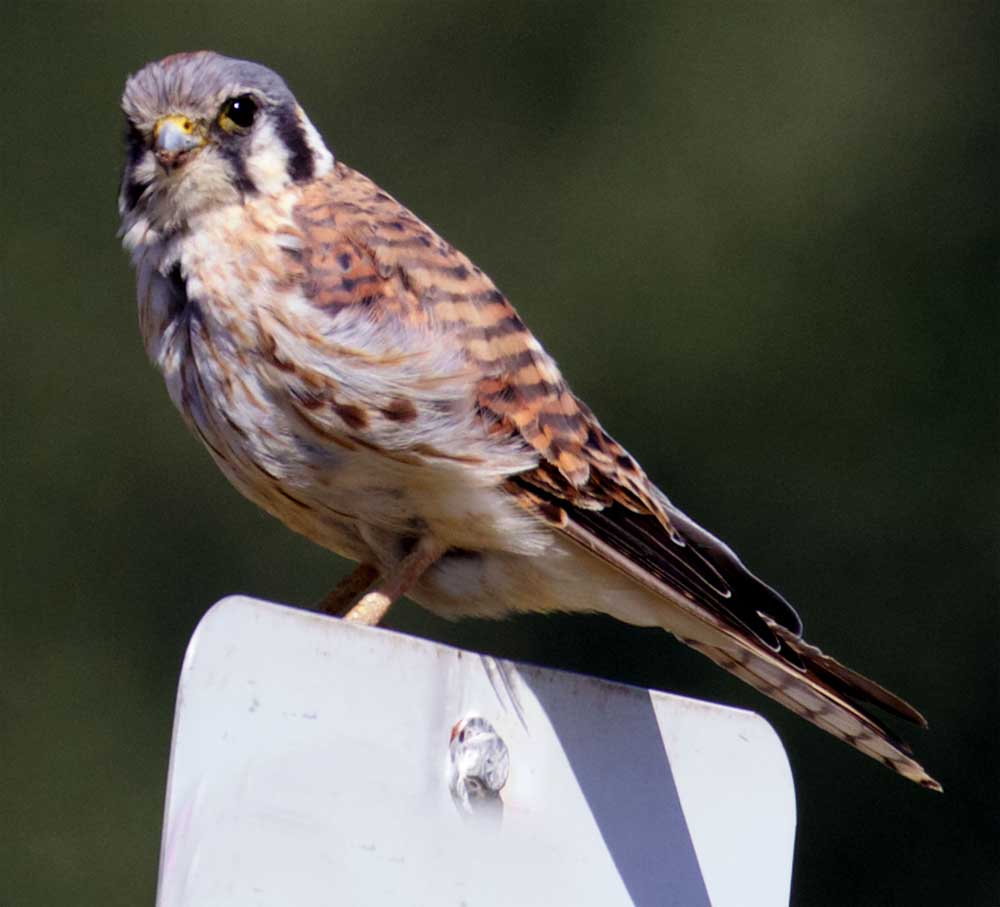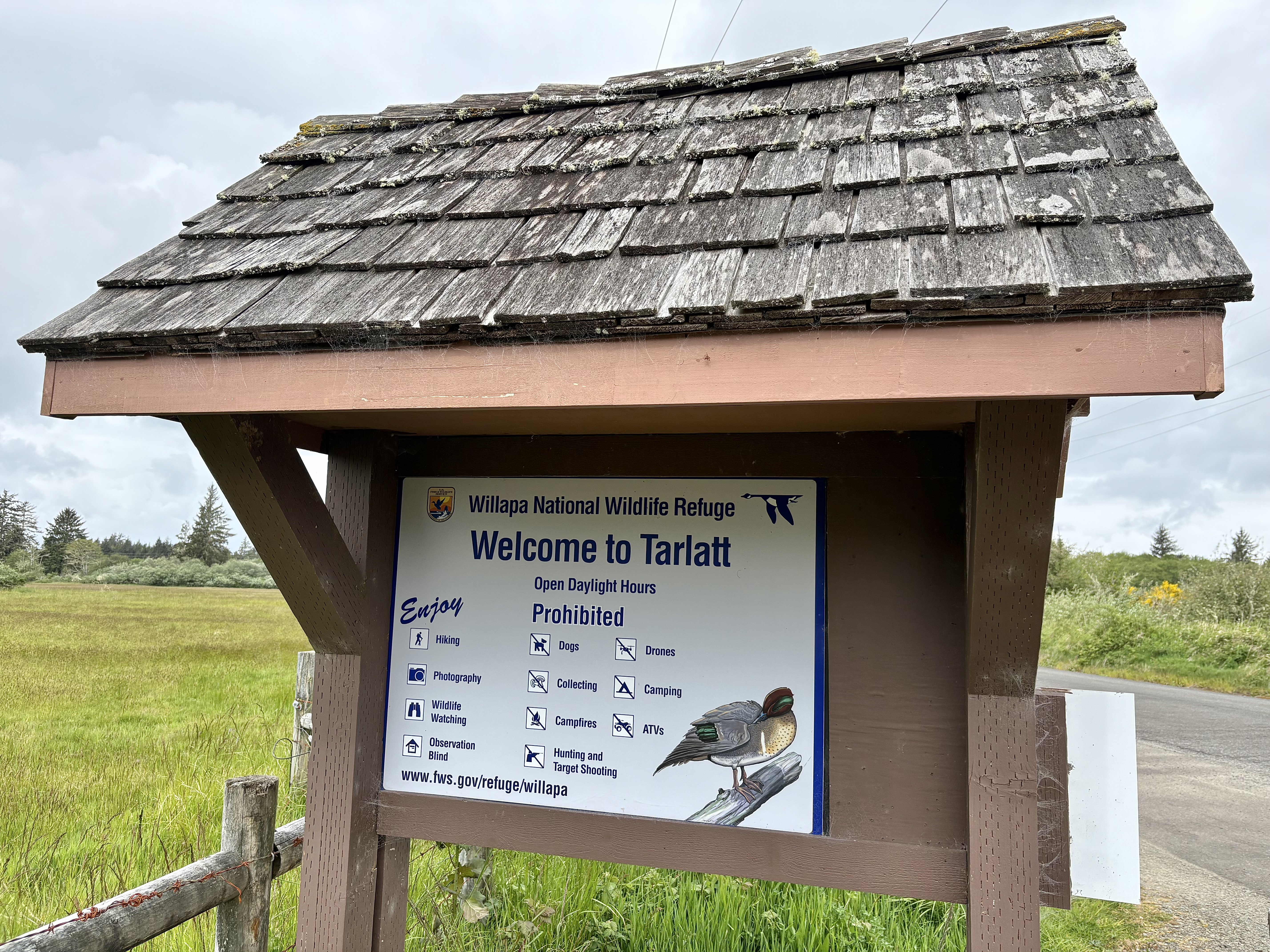Birdwatching: It’s a tough life being a cool kestrel
Published 11:06 am Tuesday, March 1, 2016

- American kestrel
The American kestrel is one of our smallest raptors and one of the most colorful. It is a fierce predator, but even so, it has a tough life because it can end up as a tasty snack for larger birds, such as red-tailed hawks, American crows, sharp-shinned hawks and Cooper’s hawks.
Trending
The kestrel’s life is also tough because housing and food are sometimes at a premium. The use of pesticides on crops or in gardens often destroys some of the insects and small mammals that it depends upon for food and sustenance. According to the latest research from Cornell, exposure to pesticides and other pollutants reduces the bird’s clutch size and its hatching success.
In addition, its habit of nesting in cavities by relying on woodpecker holes, natural holes or nooks in buildings or human structures is in jeopardy. The most typical choice is a tree cavity. As trees, hedgerows and brush are cleared for farming or housing construction, the Kestrel’s favorite nesting habitat is reduced or destroyed, and as nesting choices are eliminated or reduced there are fewer nesting places for the male kestrel to show off to the female for her selection.
The beautiful male’s slate-blue head and wings contrast beautifully with his rusty-red tail and back. The female kestrel has the same warm reddish color on her wings, tail and back. The Kestrel is about the size of a robin or mourning dove. It hovers in the air facing into the wind when hunting for prey, using its beautiful tail to keep itself in place.
Trending
Mating behavior begins about now. It happens as migration begins to occur in earnest. After a winter of feeding in different habitats with males in areas with a few trees and females in the more open areas, small flocks of kestrels come together, choices are made, and mating behavior gets under way. Some of the best habitat for kestrel nesting is found in the Tarlatt and Reikkola units of the refuge.
The American kestrel is definitely a cool bird. If it experiences good hunting and has extra on hand, it hides the surplus in the grass, in tree roots, on branches or in cavities. It seems as though it is a good shopper for its family! Part of its shopping skills maybe attributed to its ability to see ultraviolet light, which enables the kestrel to see trails of urine made by voles. It is thought that the kestrel might follow these trails of light and that they may light the way to a tasty meal. This behavior has been observed in the Eurasian kestrel so it is likely true of our American kestrel as well.
This cool raptor can also be entertaining. It has been observed perched atop the bright lights of sports stadiums during a game. The Kestrel tracks moths and other insects in the light, flying off its perch to catch them on the wing. Sports fans are treated to an extra game!!
You can see the American kestrel year round on the Willapa National Wildlife Refuge. The Tarlatt and Reikkola Units are the best places. The male can often be seen sitting on the power lines along Sandridge Road between the two Units. The female perches on the snags on the Lone Fir Cemetery Road on the Refuge side of the street.
It is a known fact that kestrels are on the decline. It is hoped that a pair of American kestrels will choose to nest on the refuge in one or both of these Units. One of the ways we as citizen scientists can help make the tough life of a kestrel easier is by placing nesting boxes in their typical habitat. This helps because kestrels love nesting boxes and take to them quite well. The refuge has begun this endeavor by placing boxes in both Tarlatt and Reikkola. See if you can find them! Maybe this will be the year that the Kestrels also find them!









